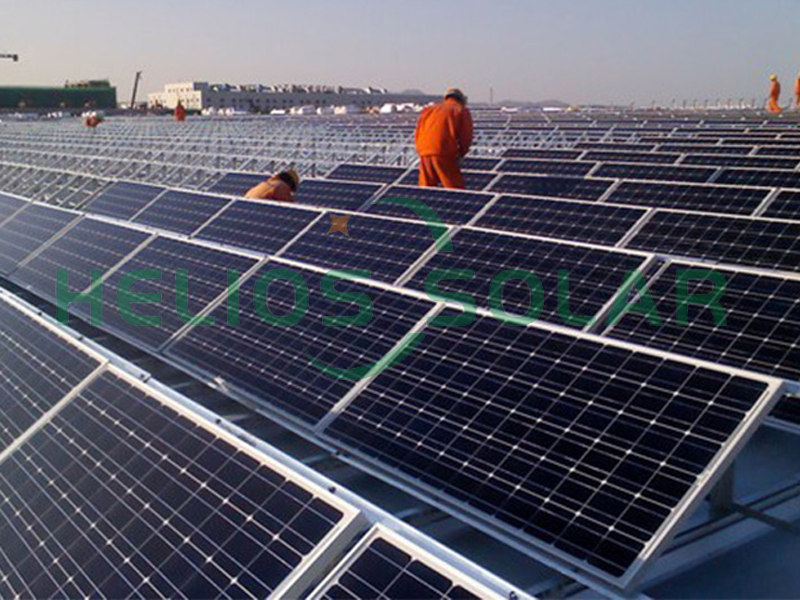Demand for renewable energy has been increasing due to growing concerns about environmental issues and the need for sustainable energy options. Solar panel technology has become a popular option for harnessing abundant solar energy to generate electricity. As the world continues to invest in solar energy, seeking the most efficient solar panel technology is becoming increasingly important. In this article, we’ll explore the different types of solar panel technology and the most efficient options available today.
Solar panel technology covers a variety of materials and designs, but the most common solar panel types include monocrystalline, polycrystalline, and thin-film solar panels. Each type has its own advantages and disadvantages, and the efficiency of the panels may vary based on factors such as cost, installation requirements, and performance under different environmental conditions.
Monocrystalline solar panels are made from a single continuous crystal structure, which gives them a uniform appearance and high efficiency. These panels are known for their stylish black appearance and high power output. Polycrystalline solar panels, on the other hand, are made from multiple silicon crystals, making them less uniform in appearance and slightly less efficient than monocrystalline panels. Thin-film solar panels are made by depositing thin layers of photovoltaic materials on a substrate, and while they are less efficient than crystalline panels, they are more flexible and lighter, making them suitable for certain applications.
Monocrystalline solar panels have long been considered the most efficient option in terms of efficiency. These panels have higher efficiency ratings and are able to convert more sunlight into electricity compared to polycrystalline and thin-film panels. This means a smaller area monocrystalline panel is needed to generate the same amount of electricity as a larger area polycrystalline or thin film panel. As a result, monocrystalline silicon panels are often favored for residential and commercial installations with limited space.
However, the solar industry is constantly evolving, and new technologies are emerging that challenge the traditional dominance of monocrystalline panels. One such technology is the development of PERC (passivated emitter and rear cell) solar cells, which aims to increase the efficiency of monocrystalline and polycrystalline solar panels. By adding a passivation layer to the back surface of a solar cell, PERC technology reduces the recombination of electrons and increases the cell’s efficiency. This advancement has allowed monocrystalline and polycrystalline panels to become significantly more efficient, making them more competitive with thin-film panels.
Another promising advancement in solar panel technology is the use of bifacial solar panels, which capture sunlight on both the front and rear surfaces of the panel. Double-sided panels use sunlight reflected from the ground or nearby surfaces to generate additional electricity compared to traditional single-sided panels. The technology has the potential to further improve the efficiency of solar panels, especially in environments with high albedo or reflective surfaces.
In addition to these advances, researchers are exploring new materials and designs for solar panels, such as perovskite solar cells and multijunction solar cells, that have the potential to surpass the efficiency of traditional silicon-based solar panels. Perovskite solar cells, in particular, are showing great promise in laboratory settings, with some prototypes achieving efficiencies of over 25%. While the commercialization of these technologies is still in the research and development stage, they have the potential to revolutionize the solar industry and make solar energy more competitive than traditional energy sources.
In summary, the search for the most efficient solar panel technology continues, with advances in PERC technology, bifacial panels, and emerging materials providing new opportunities to improve solar panel efficiency. While monocrystalline silicon panels have long been considered the most efficient option, rapid innovation in the solar industry is challenging traditional norms and opening the door to new possibilities. As the world continues to shift toward renewable energy, developments in solar panel technology will play a key role in driving the adoption of solar energy and reducing our reliance on fossil fuels.
If you are interested in monocrystalline solar panels, welcome to contact China solar company Radiance Radiance to get a quote.
Post time: Dec-27-2023


